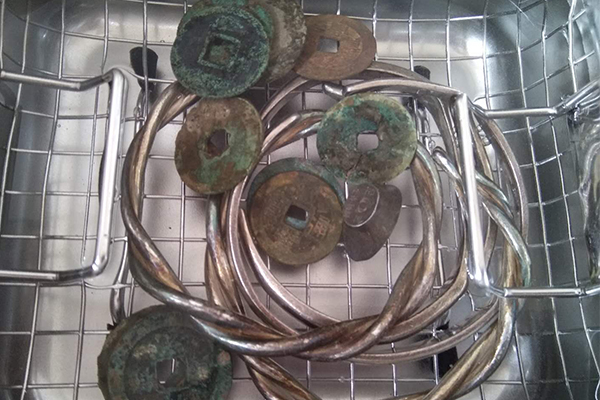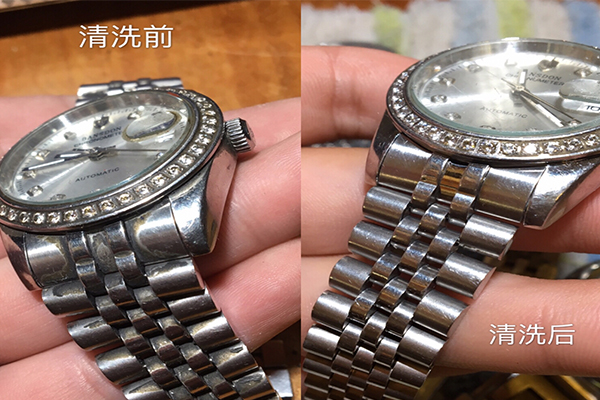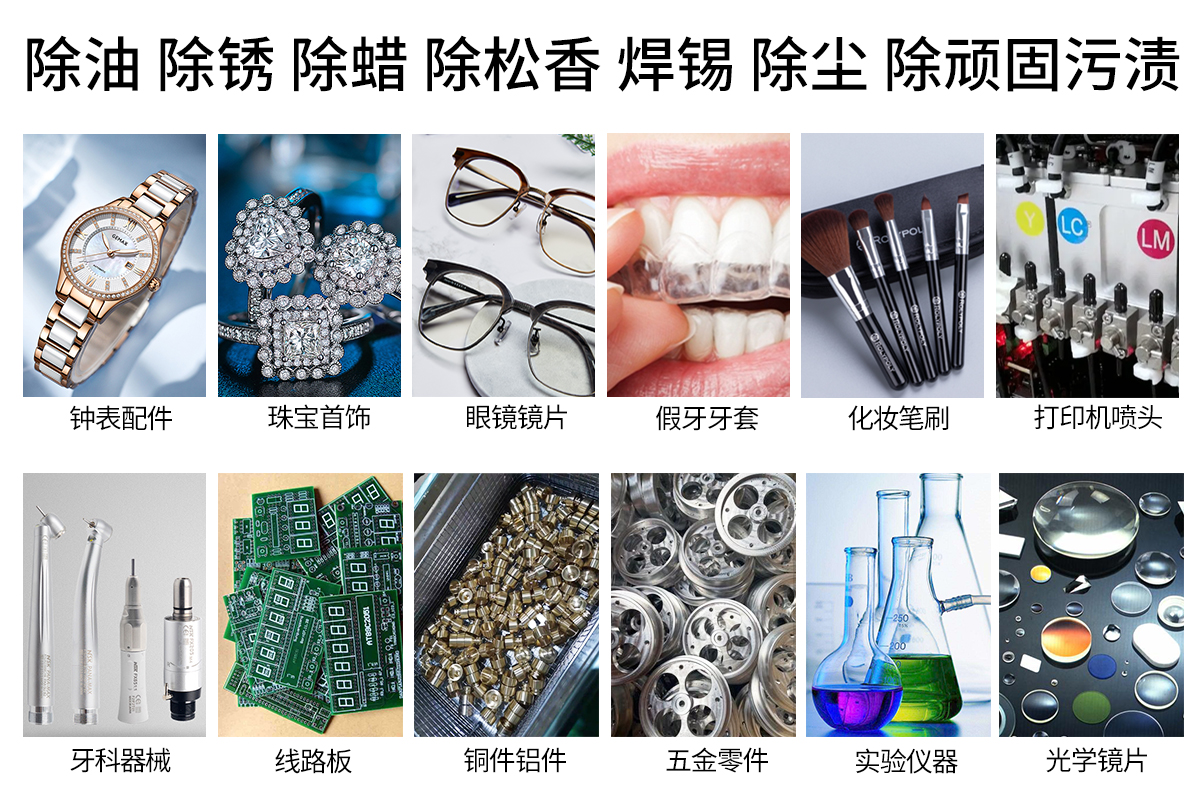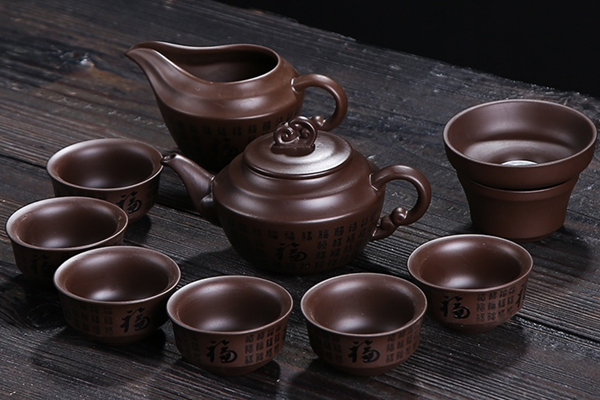Can ultrasonic waves be used to clean epoxy resin materials? If yes, will the cleaning cause damage to the epoxy resin material or cleaning machine? In fact, for this issue, many people have questions. Here is a simple answer for you.
Epoxy resin is a chemical material that can be turned into a polymer material. After curing, epoxy resin has good physical and chemical properties, and good electrical properties. It is an excellent material with alkali resistance, high bond strength, strong adhesion of paint film, especially to metal, followed by good heat resistance and electrical insulation. It is widely used in various fields of national economy such as chemical energy, construction industry, coating industry, hardware and coating accessories, electronics, electric power and water conservancy. Epoxy resin can produce some plastic chemicals. After adding a certain amount of curing agent, epoxy resin will be gradually cured to form chemicals with different properties and become epoxy resin materials with practical value.
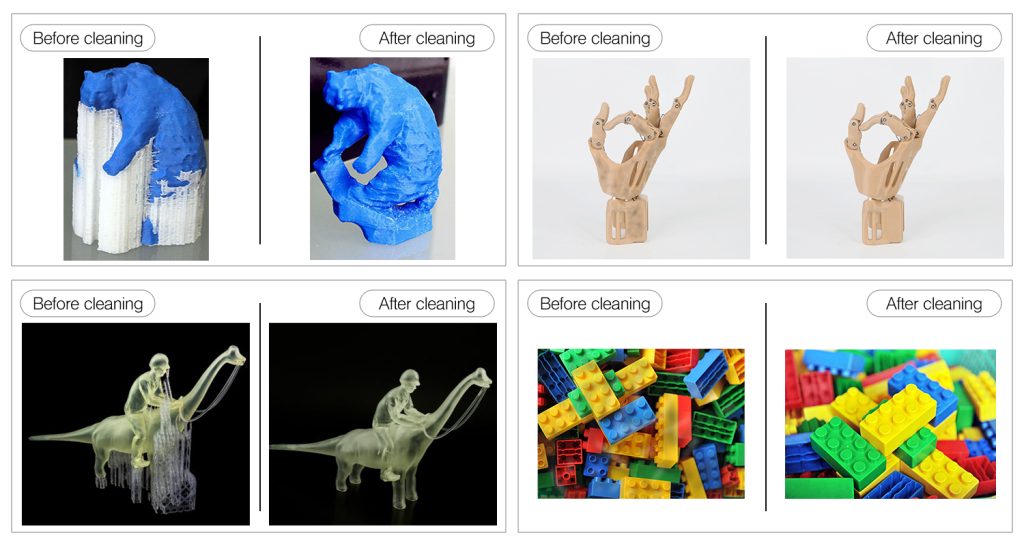
In fact, we all know that the ability of different materials to absorb high-frequency mechanical vibration varies greatly, and the plastic strength of epoxy resin material is far less than that of metal material, so we face the situation of ultrasonic cleaning. Secondly, it can withstand the influence of ultrasonic waves?

As ultrasonic cleaning machine using high-frequency vibration to produce ultrasonic cavitation, when the ultrasonic wave acts on the plastic contact surface of polymer materials, tens of thousands of high-frequency vibrations per second, this high-frequency vibration with a certain amplitude, through the cleaning tank to transfer ultrasonic energy to the cleaning fluid medium, resulting in tens of thousands of tiny bubbles, constantly expanding and exploding, thus generating shock waves and penetrating a variety of tiny blind holes in the local . Impact on the surface of the workpiece to strip the dirt to achieve the purpose of cleaning, this process is called cavitation effect. It can clean the dirt, grease, mud and other dirt attached to the workpiece. The cleaning effect is obvious and intuitive, and it is one of the effective cleaning methods.
The effect of ultrasonic cleaning is related to the elastic modulus of the material. The use of different materials on high frequency mechanical vibration energy absorption differences, to achieve different amplitude and stripping foreign matter. Epoxy resin plastic strength is not as strong as metal, but has a strong ultrasonic absorption capacity. In fact, the use of ultrasonic cleaning to clean epoxy resin material is indeed possible. The key to ultrasonic cleaning effect is the choice of power. For epoxy resin products, choose the right ultrasonic power will not cause damage to it. Secondly, the cleaning temperature of the cleaning solution is about 50℃ is appropriate. In the cold weather, if the lower the temperature of the cleaning fluid, the worse its cavitation effect, the worse the cleaning effect brought.
Therefore, we use ultrasonic cleaning equipment for cleaning, but also to learn to control the temperature of ultrasonic cleaning according to different materials. If the control is not good, it will cause irreversible damage to the workpiece. In addition, some broken epoxy resin material may be stacked when cleaning, so you can choose the tossing type ultrasonic cleaning machine, the cleaning effect will be more ideal.

